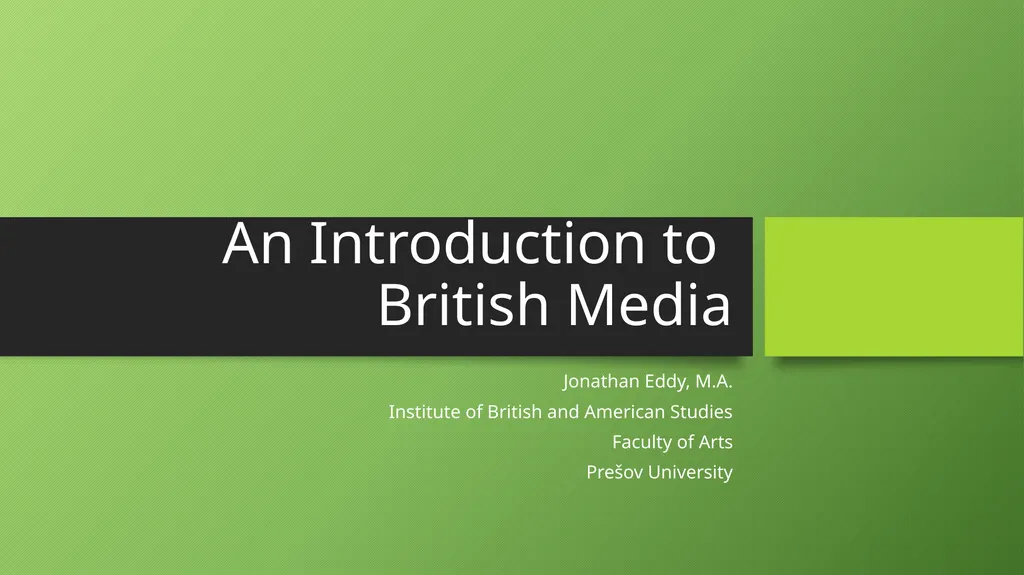
An Introduction to British Media Jonathan Eddy,
Author: natalia-silvester | Published: 2025-08-04
Description: An Introduction to British Media Jonathan Eddy, M.A. Institute of British and American Studies Faculty of Arts Prešov University Contents Print Media Local Press Television Social Media Radio Revision Materials Glossary of terms Print Media
Download Presentation
Download the PPT/PDF: Download
Transcript:
Loading transcript�